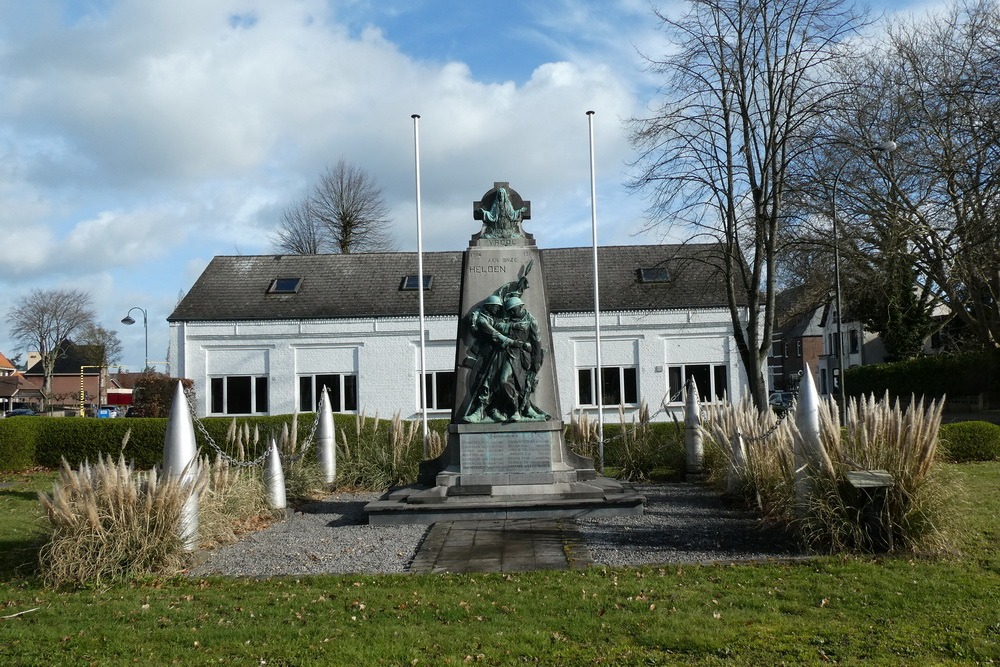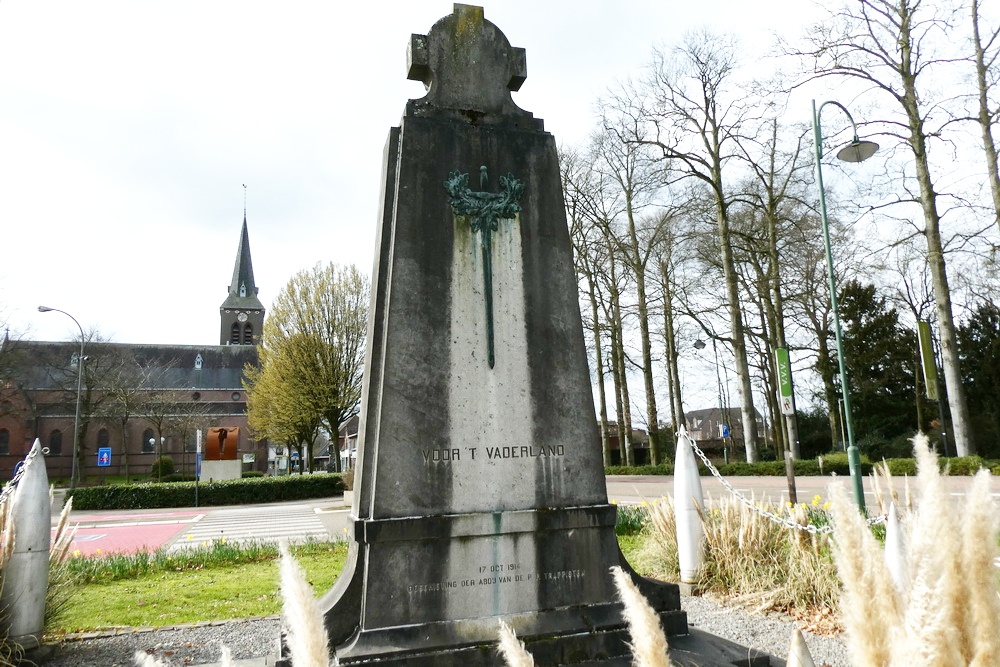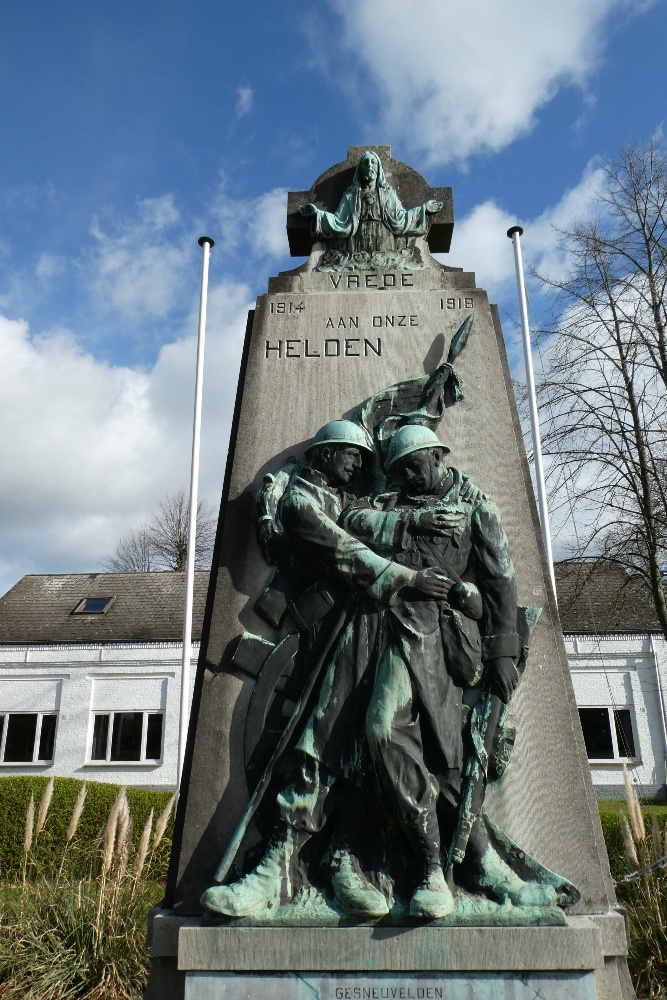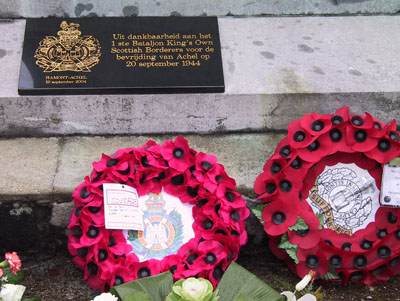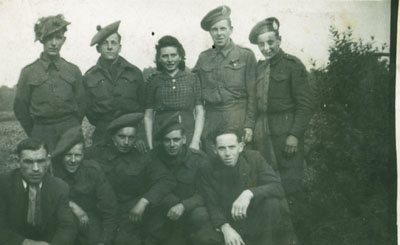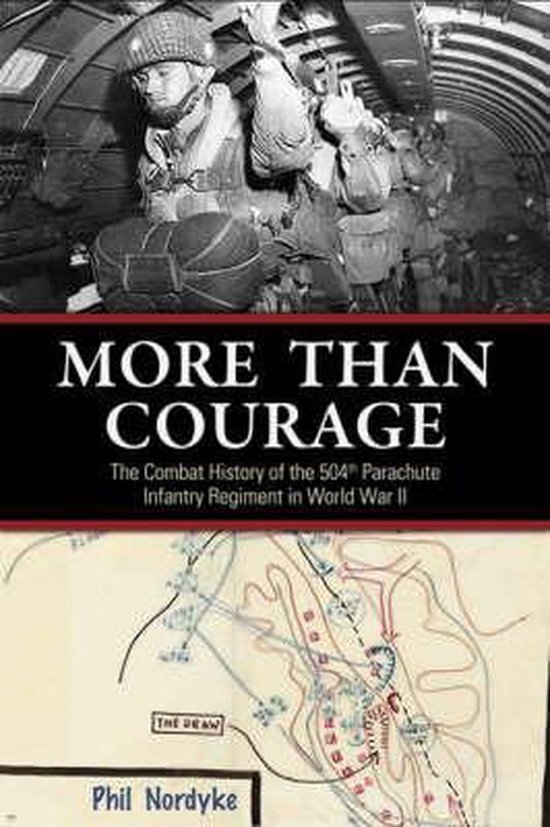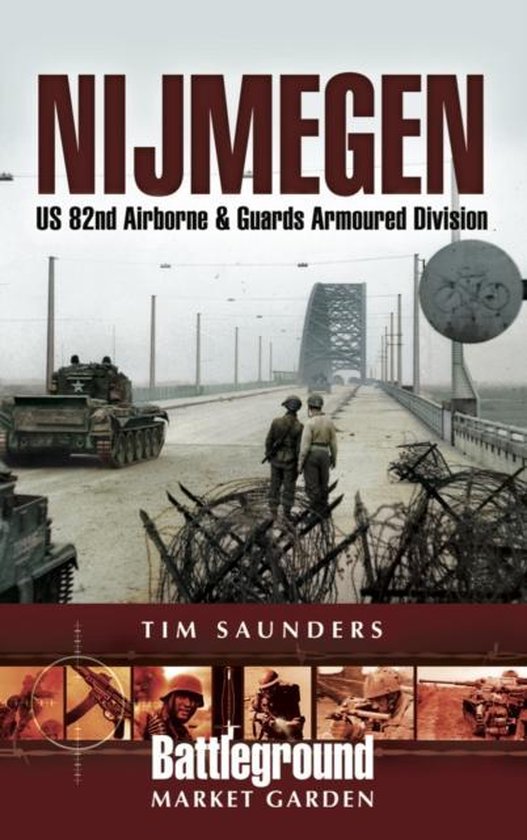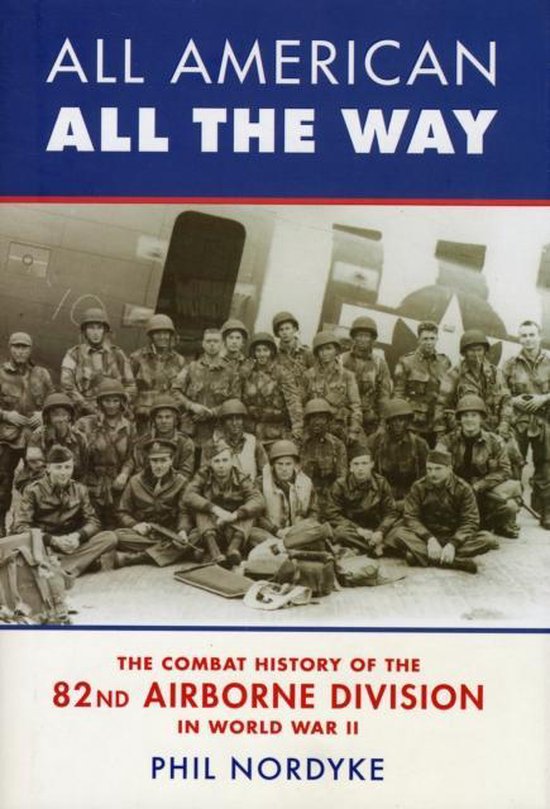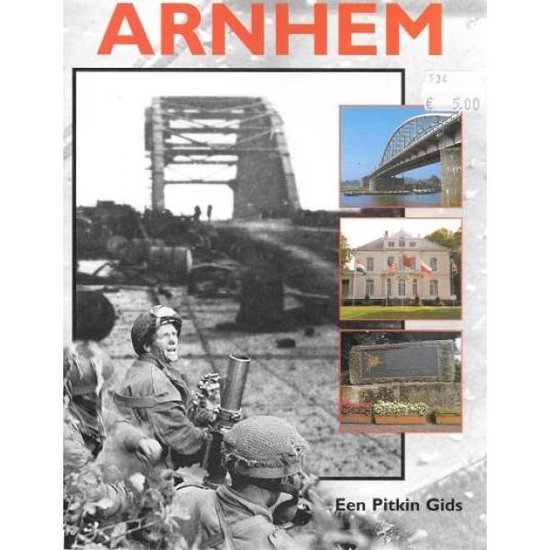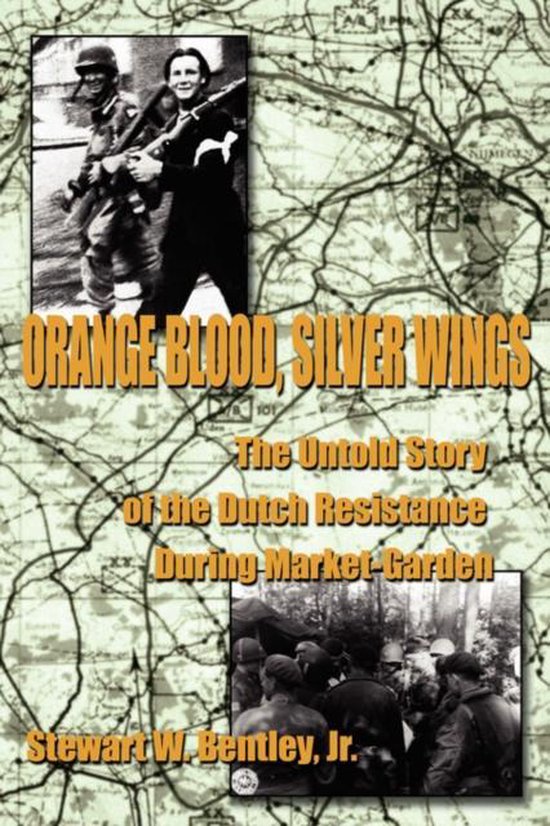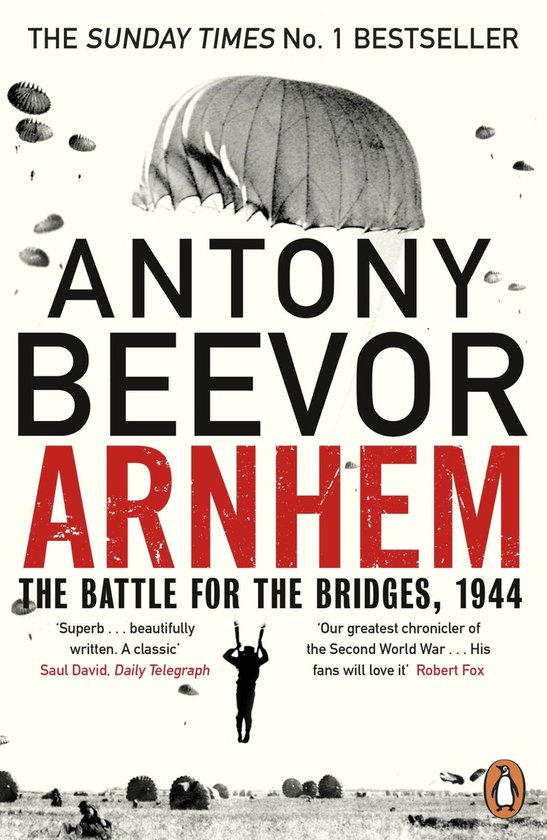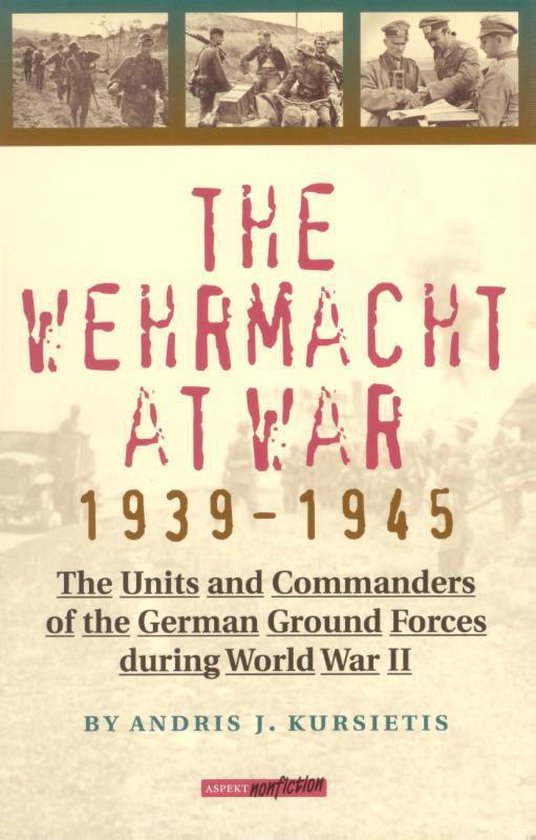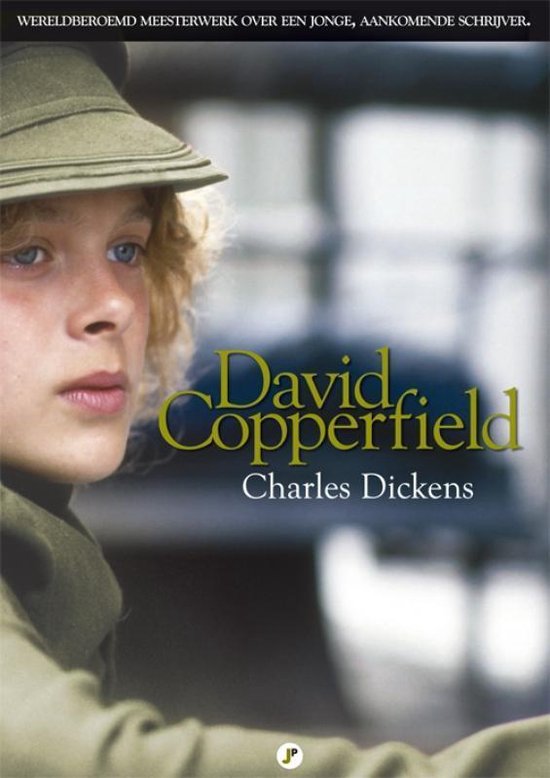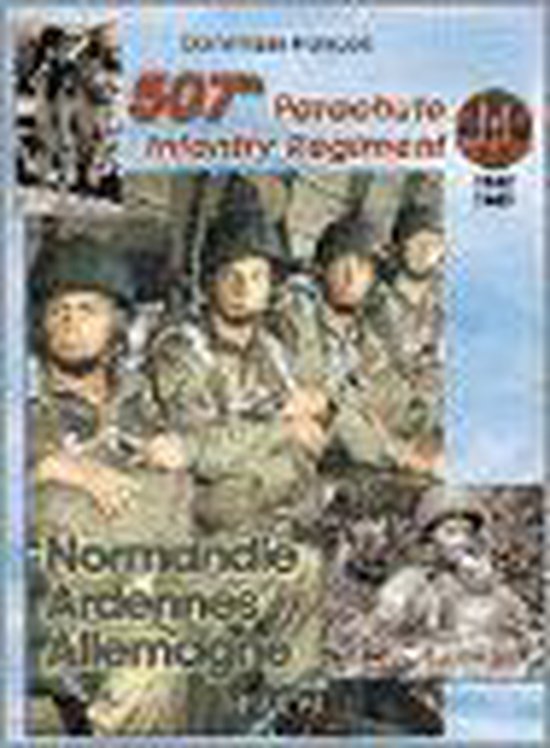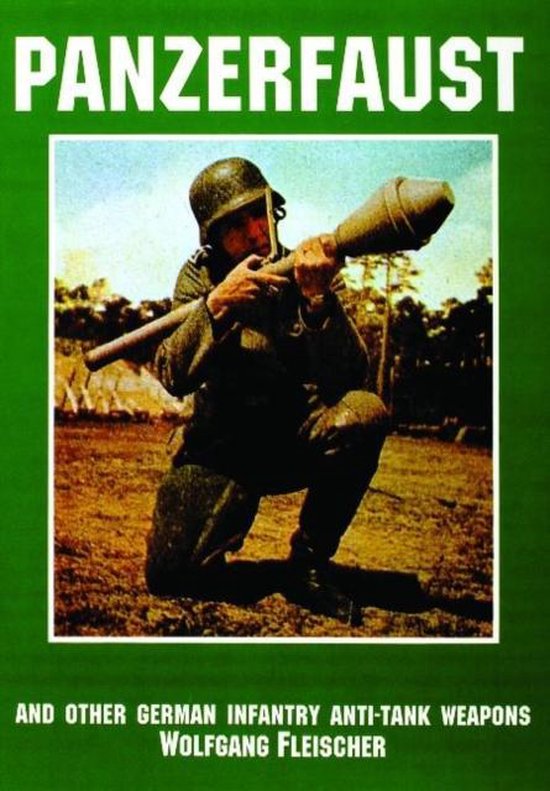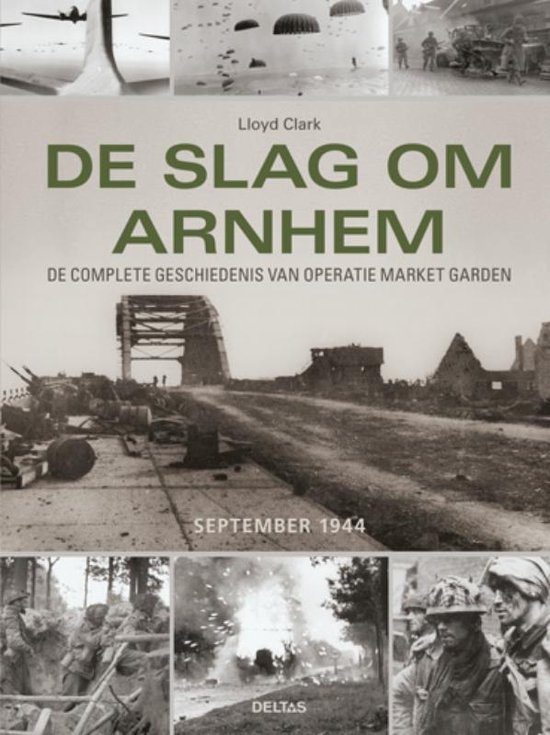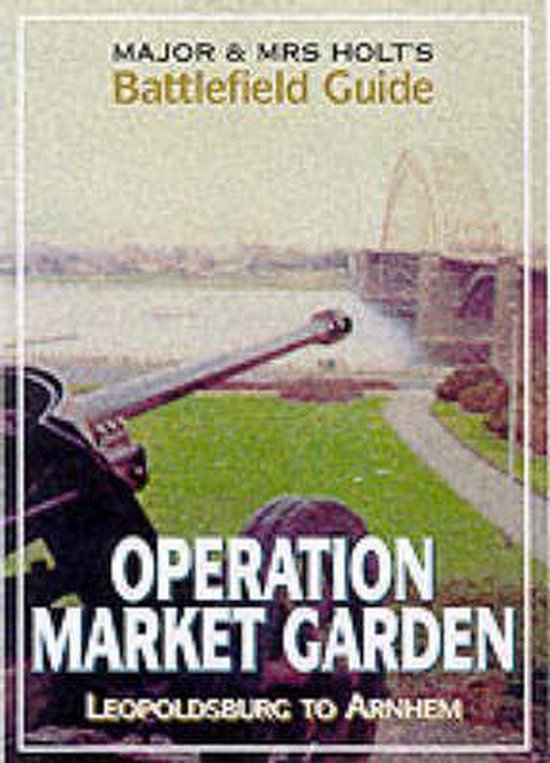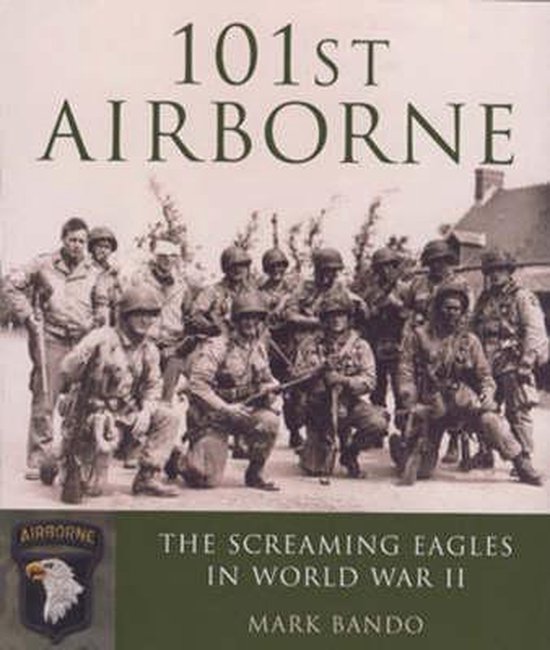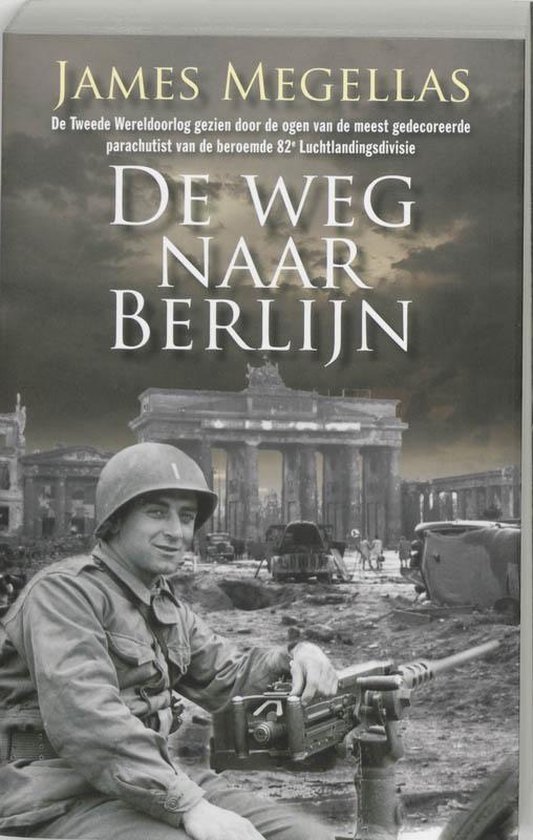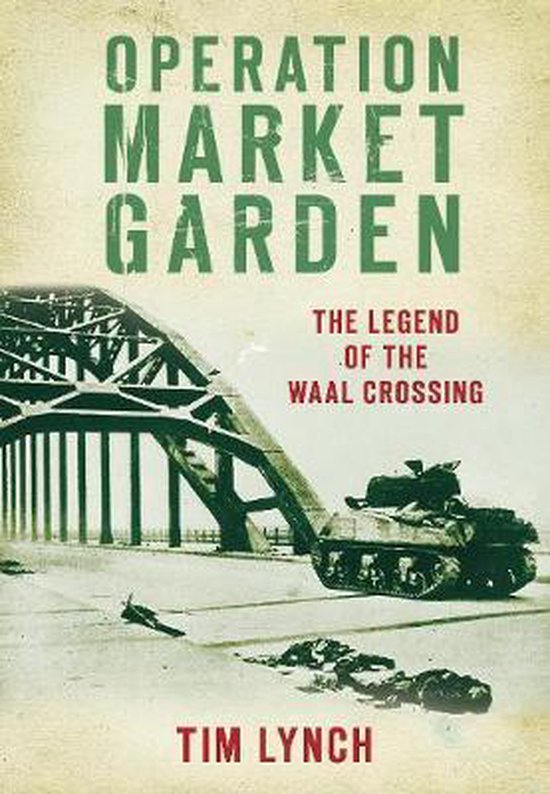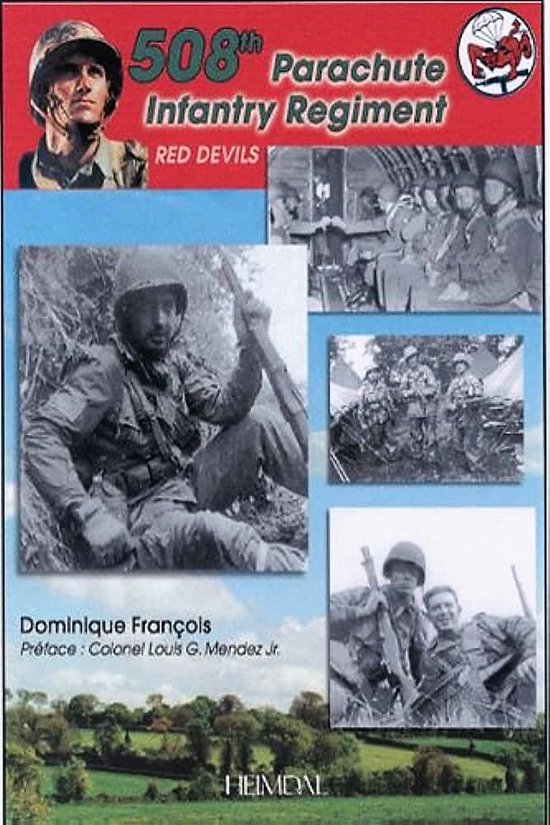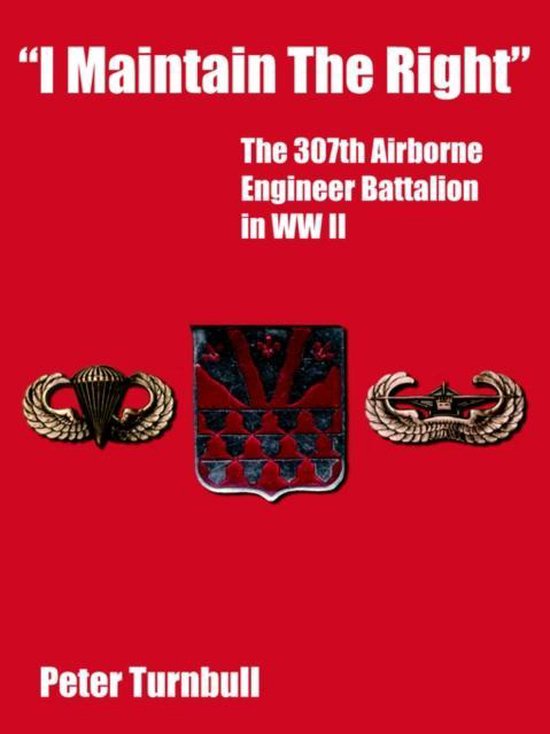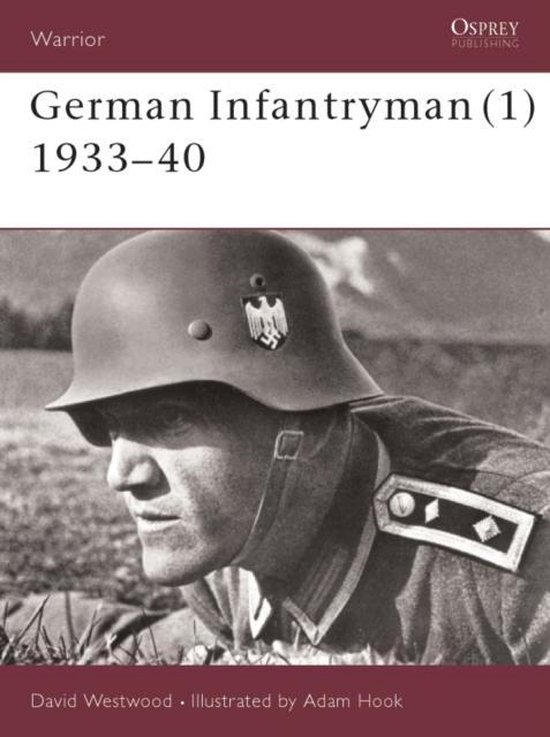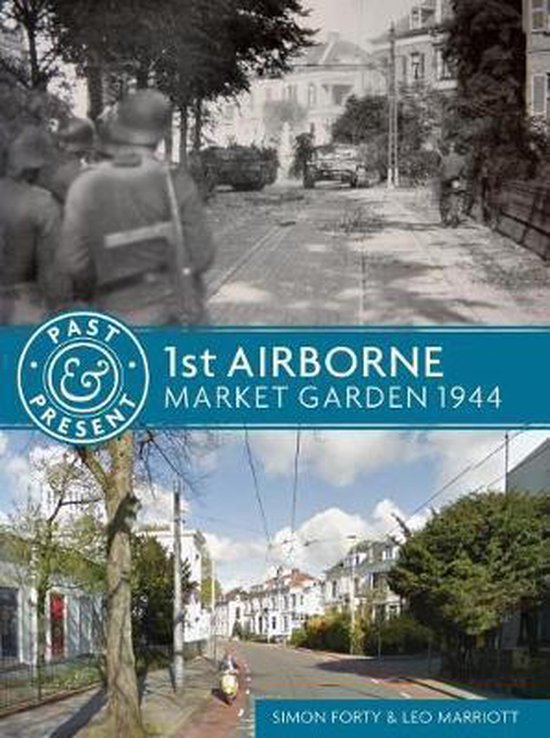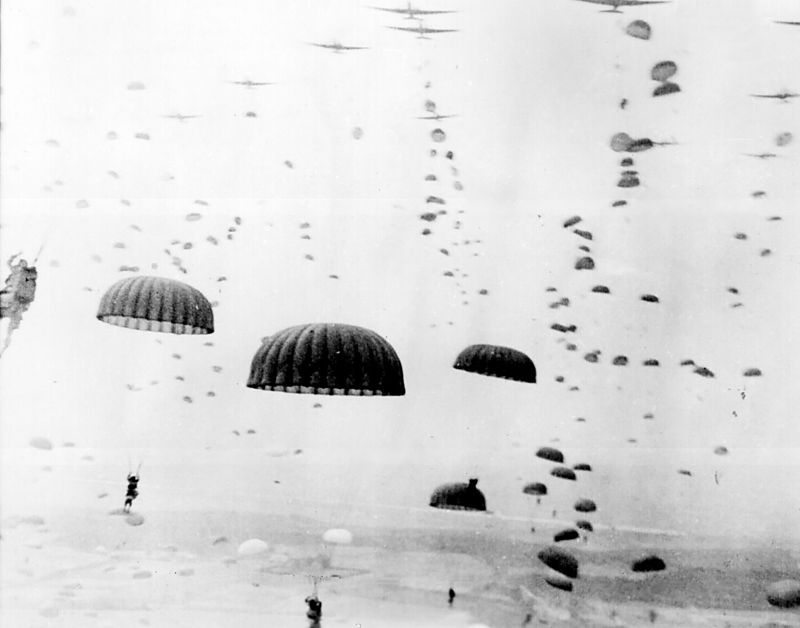War Memorial Achel
This memorial commemorates the residents of Achel who were killed or missing in World War I (11 names) and World War II (5 names).
Many of these monuments were erected after the First World War. After the Second World War, the names of those killed in this war have been added.
In 2009 and 2010, two memorial plaques were placed on the war memorial of the sub-municipality of Achel in Hamont-Achel (Limburg-Belgium) for victims of the Second World War. Three of these people lost their lives during the liberation days in September 1944. The other plate is in memory of a monk from the Achelse Trappist abbey, better known as the "Achelse Kluis".
The name of François Van Meensel was already applied to the monument in the past. Here is a short text for these WWII victims.
François Van Meensel: 24 years old. Was arrested on 7 June 1944 in Achel by SS men and transferred to the Dora concentration camp in Nordhausen where the V2 rockets were produced. Died of illness and hardship on April 5, 1945 at the evacuation of Ellrich concentration camp.
Hélèna Van Werde: 25 years old. Died on September 15, 1944 when a German entered the house with a "panzerfaust" and started fiddling with the throwing grenade at the table. The ignition went on and the panzerfaust hit Lène full chest.
Arnold Verhoeven: 45 years old. Died during the liberation days on September 19, 1944 when he was hit in the throat by shrapnel in the window of his bedroom during the shelling of the British liberators.
Theo Peeters: 6 years. Son of the customs family Peeters-Stippelmans in Achel-Statie. He was hit by a motorcycle of the English liberators on September 26, 1944 and died of his serious injuries in the hospital in Genk.
Father Alphonsus-Maria Averdieck: 45 years. After acts of resistance on Belgian territory, he went to live in Roosendaal in the Netherlands, where he also joined the resistance. Picked up by the Germans and executed in Camp Vught on August 11, 1944.
On September 20, 1944, during the early hours the municipality of Hamont was liberated in the Second World War by the 1st Batallion of the British Suffolk Regiment. The Kings Own Scottish Borderers (KOSB) took care of the municipality of Achel.
In order to save this liberation day for our memories a plaque for the Suffolk Regiment was unveiled at the wall of the town hall of Hamont and for the KOSB troops a plaque at the war monument in Achel.
Liberation of Hamond and Achel.
The 6th of June, 1944, lives on in history as D-day. The allied forces landed on the beaches of Normandy in France. Sword Beach is the beach where the Suffolks landed. Till mid August 1944 a savage war is being fought in the Normandy fields in order to be followed up with a fast advance towards Belgium. Brussels was liberated on September 3, 1944.
The liberation of Hamont and further North Limburgian villages has to be seen in a wider perspective. The large scale operation was called Market Garden and started on September 17th. The troops of the liberators were of the British 3rd Division. It was the intention that the allied forces in Belgium would join their fellow countrymen by advancing through North Belgium towards Nijmegen. In order to liberate Hamont and its surroundings first of all a bridgehead had to be constructed at the Canal in Kaulille. On September 19th at 02:00 a surprise attack and crossing at the canal was realized by two infantry companies of the Lincoln and Ulster Rifles. Thereafter the bridgehead could be secured. During the night of 19 to 20 September the East Yorkshires cleared the area of the Hork of enemy resistance.
Towards 04:30 the KOSB arrived at the Quatre Bras in Achel and continued the advance to the center of the village. At 04:00 the 1st Suffolk took over from the East Yorkshires. That morning was covered in heavy fog. The leading sections of the Suffolks entered Hamont around 06:00 through the Achterhoek (today the Bevrijdingsstraat = Liberation Street). In the Molenstraat the British liberators clashed with German soldiers. In the pursuing battle at least one German soldier was killed. With the British troops two dead were to be mourned. They were Private Hollis and Robinson. Their names are mentioned on the memorial plaque.
Do you have more information about this location? Inform us!
Source
- Text: Sven Vanneuville & René Winters
- Photos: René Winters
Related books
Nearby
Museum
Point of interest
- Information Signs Simonspark - Achel (Hamont-Achel)
- Reconstruction Den Doodendraad Hamont-Achel - Hamont-Achel
- Reconstruction De Doodendraad Achelse Kluis - Achel (Hamont-Achel)
Monument
- Memorial Train Sabotage June 1944 - Hamont-Achel
- Memorial Stirling EF366 - Hamont-Achel
- Memorial Lancaster ED629 - Neerpelt (Pelt)
Cemetery
- Belgian Graves Veterans Achel - Achel (Hamont-Achel)
- Belgian Graves Veterans Sint-Huibrechts-Lille - Sint-Huibrechts-Lille (Pelt)
- Belgian War Graves Sint-Huibrechts-Lille - Sint-Huibrechts-Lille (Pelt)
Fortification
- Bunker 17 Border Defence Bocholt-Herentals Canal - Pelt
- Bunker 18 Border Defence Bocholt-Herentals Canal - Pelt
- Bunker 16 Border Defence Bocholt-Herentals Canal - Pelt
